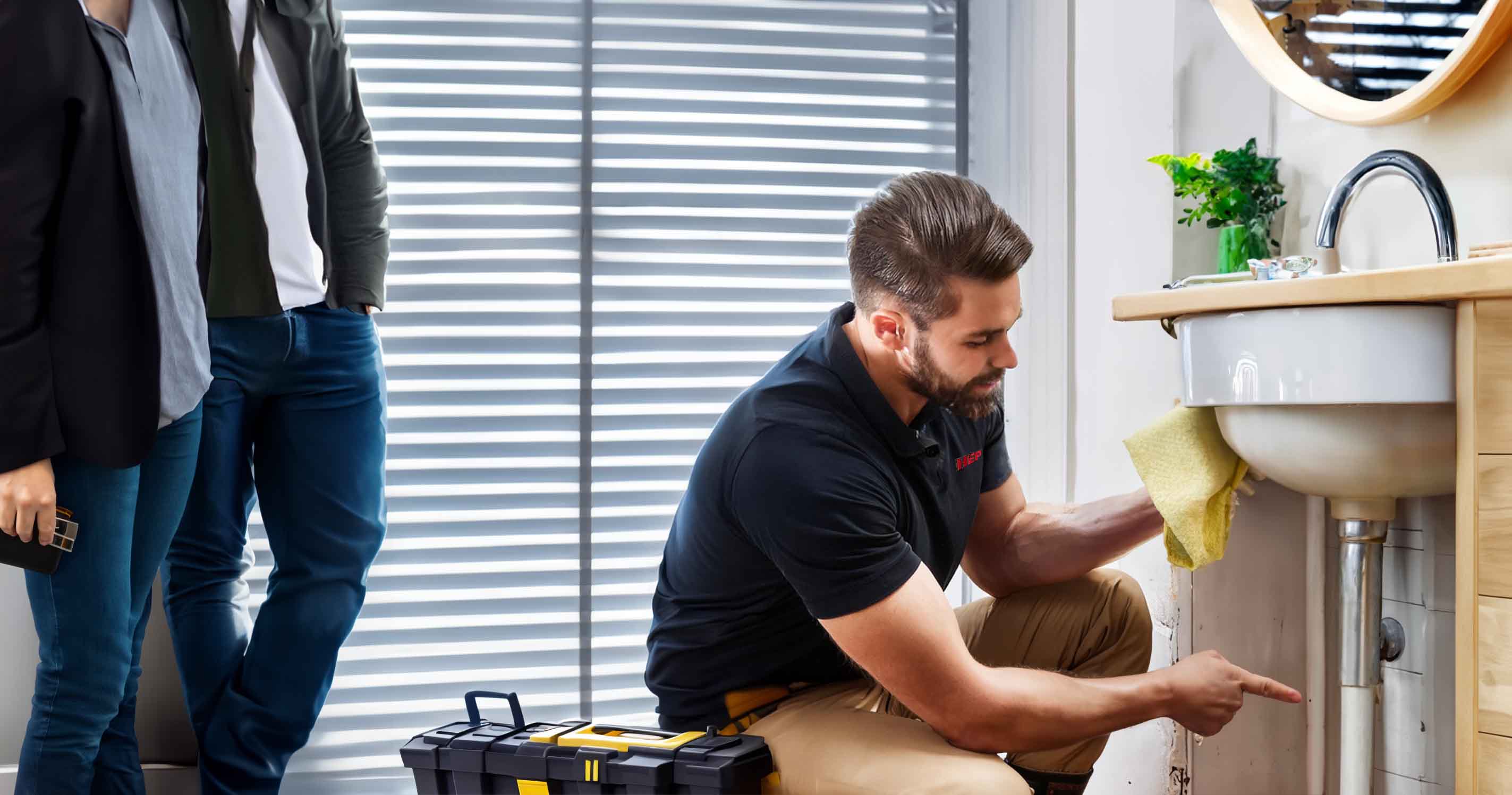

Intricate System Upgrades
Your trusted partner for professional home services. Quality workmanship, guaranteed satisfaction.




- HEP
- Intricate System Upgrades
Intricate System Upgrades | Commercial Plumbing | Plumbing | Georgetown
From historic storefronts on the Square to brand-new tech campuses along I-35, Georgetown businesses trust HEP to weave modern efficiency into their existing pipes and pumps. Our specialists design and implement intricate system upgrades that minimize downtime, conserve water, and future-proof your operation—whether we’re retrofitting century-old copper or installing smart flow monitors in a sleek new build. Every valve, gasket, and line is selected for durability and performance, then installed with a craftsman’s touch and a project manager’s precision.
When you call on us for commercial plumbing, you gain a partner who speaks the language of architects, facility managers, and local inspectors alike. We schedule around shift changes, keep job sites spotless, and provide transparent reporting so you always know what’s happening beneath the walls and under the floor. From first blueprint to final pressure test, HEP keeps Georgetown’s businesses running clean, quiet, and confidently.
FAQs
What types of "intricate system upgrades" do you perform for commercial properties in Georgetown?
Our team handles a broad range of upgrades, including water-saving fixture retrofits, high-capacity booster‐pump installations, complete DWV (drain-waste-vent) re-piping, backflow prevention assemblies, grease interceptor replacements, and sophisticated sensor-based monitoring systems. We also integrate smart-control platforms that allow facility managers to track flow rates, detect leaks, and shut off water remotely—essential for large restaurants, medical offices, and multi-story buildings in Georgetown’s historic and newly developed districts.
How long does a typical commercial plumbing upgrade take from start to finish?
Time frames vary by scope, but most projects follow this timeline: • Site survey & engineering design: 1–2 weeks • Permit procurement with the City of Georgetown: 5–10 business days (can run longer if plan review is required) • On-site installation: 3 days for minor fixture upgrades up to 3–4 weeks for full pipe replacement or pump-station work • System testing, commissioning, and final inspection: 1–3 days We create phased schedules around your operating hours to minimize downtime, often working overnight or during low-traffic periods so your business can stay open.
Will my business need permits or inspections for these upgrades?
Yes. The Georgetown Building Inspection Department requires permits for any plumbing alteration that involves new piping, changes to water-heater capacity, or installation of backflow devices. We prepare and submit sealed drawings, coordinate plan review, and schedule rough-in and final inspections. Our licensed Master Plumber remains on-site during inspections to address code questions, ensuring you pass the first time and avoid costly re-visits.
How do you minimize disruptions to daily operations while upgrading complex systems?
We use a multi-pronged approach: (1) detailed pre-construction meetings with your facility and safety teams; (2) off-hours or weekend work; (3) temporary water bypass lines so critical services (restrooms, kitchens, labs) stay functional; (4) section-by-section shut-offs with clear signage; and (5) negative-air containment and dust barriers for health‐care or food-service environments. Our project manager provides daily progress updates so you know exactly when and where any service interruptions may occur.
What new technologies or materials can improve efficiency and compliance?
Popular upgrades include PEX-A or copper Type L for long-term reliability, low-lead brass valves to meet NSF/ANSI 372, variable-frequency drive (VFD) booster pumps that cut energy use by up to 40 %, and WaterSense-certified flushometers and faucets that reduce consumption by 20-30 %. For code compliance, we install ASSE-listed backflow preventers, electronic mixing valves for Legionella control, and building-wide leak-detection sensors tied into a BMS (building management system) or cloud dashboard.
What factors influence the cost of an intricate plumbing system upgrade?
Key cost drivers include: 1. Scope and complexity (number of fixtures, pipe size, pump capacity) 2. Accessibility (above-ceiling, subterranean, or slab-embedded lines are more labor-intensive) 3. Material selection (stainless or copper vs. PEX) 4. Required code upgrades (e.g., adding RPZ backflow devices or ADA-compliant fixtures) 5. Off-hours or accelerated schedules (overtime labor) 6. Permit and inspection fees charged by Georgetown We provide a detailed, line-item estimate and value-engineering options so you can choose the best balance of upfront expense and long-term ROI.